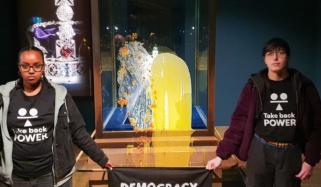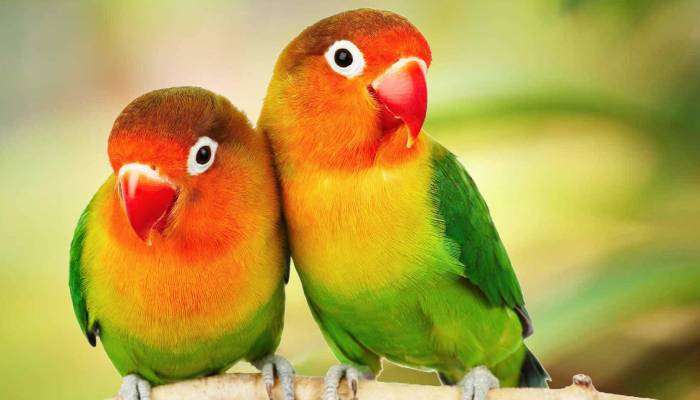
Everyone loves colourful parrots, but do you know where their bright colours come from?
This question has been puzzling scientists for a long time and now with the new discovery, it seems that this mystery is going to be solved very soon.
A recent report published in the journal Science revealed that a specific enzyme named ALDH3A2 which comes through a simple chemical modification is responsible for the colours of a parrot’s feather.
Many birds do not make their own colour pigments and get beautiful colours from their diet.
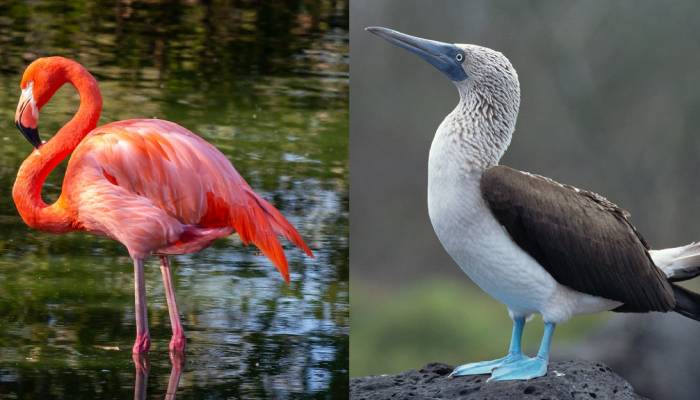
Flamingos obtain their iconic pink colour from eating shrimp, while boobies develop bright blue colours from their fish based diet.
Whereas, cardinals get their bright red colour by eating berries and seeds that contain natural pigments.
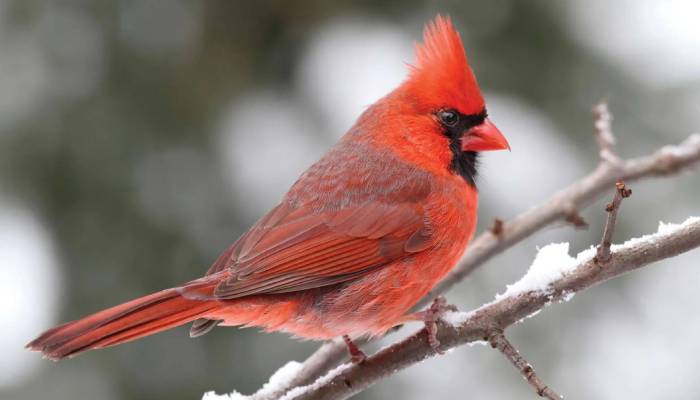
On the contrary, parrots are usually different as they do not want to eat anything to get their colours.
Instead, their bodies have the ability to generate pigments known as psittacofulvins.
Scientists believed that parrots are the only birds that we know, which makes bright colours in this way.
One question that puzzled scientists was why some parrots have yellow and some red feathers.
To solve this mystery, researchers experimented with two species of parrots, the dusky lory (Pseudeos fuscata) and the rosy-faced lovebird (Agapornis roseicollis).
After several analysis scientists came to the conclusion that Psittacofulvins are made up of chains of carbon atoms and in red feathers these chains ended with an organic compound called aldehyde.
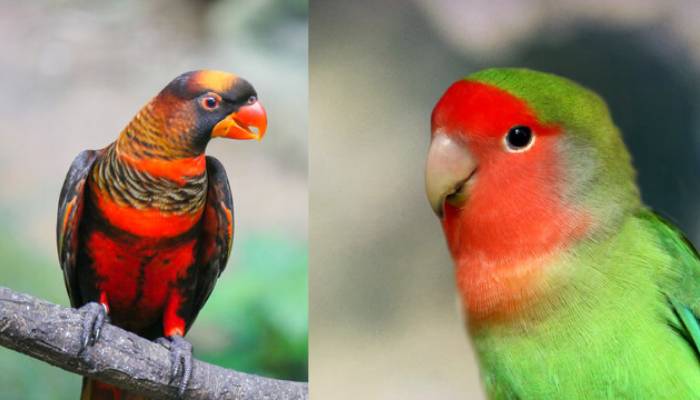
While, in yellow feathers these chains ended with a different molecule called carboxylic acid.
In some cases, both aldehyde and carboxylic acid are present which creates the yellow, red and orange family.
Meanwhile, the green feathers come when yellow feathers topped with blue-producing nanostructures, while black, gray and brown feathers are produced from a completely different pigment called melanin.












